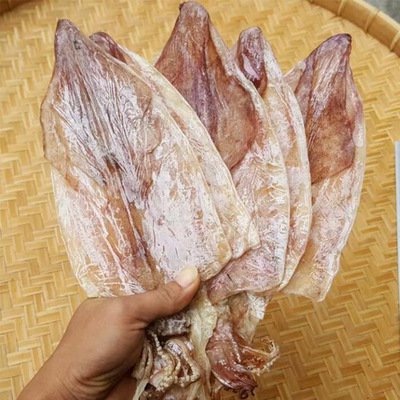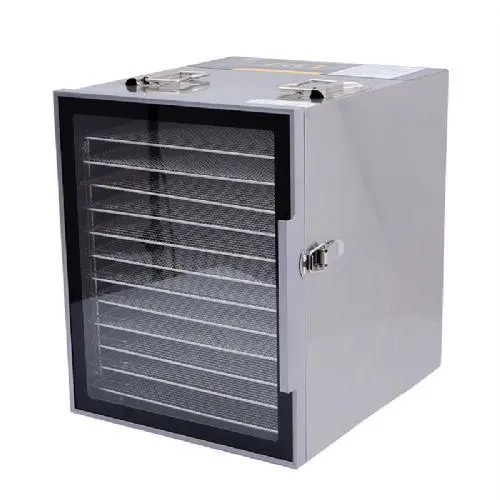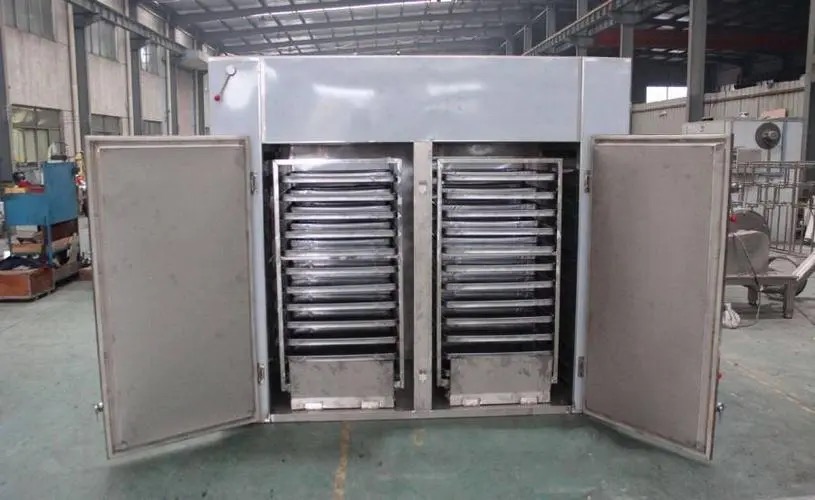Food preservation has been a crucial aspect of human survival and culinary practices for centuries. Among various methods, drying stands out as one of the oldest and most effective techniques. In recent years, heat pump dryers have emerged as a revolutionary technology in the food drying industry, offering enhanced efficiency and better moisture management. This article explores the intricacies of food drying, the science behind heat pump dryers, and their applications in preserving food quality.

Understanding Food Drying
Food drying is a process that removes moisture from food items, thereby inhibiting the growth of bacteria, yeasts, and molds that cause spoilage. Historically, methods such as sun drying and air drying were prevalent, but advancements in technology have introduced more efficient techniques like freeze drying and the use of dehydrators. The primary goal of drying is to reduce the water content of food to a level that prevents microbial growth, extending its shelf life significantly.
The Role of Heat Pump Dryers in Food Drying
Heat pump dryers operate on a principle similar to that of refrigerators, utilizing a refrigeration cycle to extract moisture from food. These dryers circulate warm air through the food, absorbing moisture, which is then condensed and removed from the system. This method not only ensures efficient drying but also maintains the nutritional quality and flavor of the food.
One of the standout features of heat pump dryers is their energy efficiency. Compared to traditional drying methods, heat pump technology can reduce energy consumption by up to 50%. This is particularly beneficial for large-scale food processing operations where energy costs can significantly impact profitability.
The Science Behind Humidity and Heat Pump Dryers
Humidity plays a critical role in the drying process. Heat pump dryers are designed to manage humidity levels effectively, ensuring that the air circulating through the dryer is not overly saturated with moisture. This is achieved through a closed-loop system that continuously recycles air, allowing for optimal moisture removal.
The relationship between temperature and humidity is vital; higher temperatures can increase the rate of evaporation, but if the air is too humid, the drying process can slow down. Heat pump dryers maintain a balance, allowing for consistent drying conditions that enhance efficiency.
Applications of Heat Pump Dryers in the Food Industry
The versatility of heat pump dryers makes them suitable for various applications within the food industry. They are commonly used for drying fruits, vegetables, herbs, and even meats. For instance, companies specializing in dried fruits have adopted heat pump technology to ensure that their products retain their natural flavors and nutritional benefits.
Moreover, heat pump dryers can be tailored to meet the specific needs of different food products, making them an ideal choice for both small-scale producers and large manufacturers. Their ability to operate at lower temperatures also means that heat-sensitive foods can be dried without compromising their quality.

Challenges and Considerations
While heat pump dryers offer numerous advantages, there are challenges to consider. The initial investment for heat pump technology can be higher than traditional methods, which may deter some small-scale producers. Additionally, understanding the operational requirements and maintenance needs is crucial for maximizing the benefits of this technology.
Factors such as the type of food being dried, the desired moisture content, and the scale of production should all be considered when selecting a drying method. Proper training and knowledge of the equipment are essential for achieving optimal results.
Future Trends in Food Drying Technology
As the food industry continues to evolve, so does the technology behind food drying. Innovations in heat pump technology are expected to enhance efficiency further, reduce costs, and improve the quality of dried products. Sustainability is also becoming a focal point, with manufacturers seeking eco-friendly solutions that minimize waste and energy consumption.
The future of food preservation will likely see a greater emphasis on technologies that not only extend shelf life but also maintain the nutritional integrity of food. Heat pump dryers are well-positioned to lead this charge, offering a sustainable and effective solution for food drying.
Conclusion
Heat pump dryers represent a significant advancement in food drying technology, providing efficient moisture management and energy savings. Their ability to preserve the quality of food while extending shelf life makes them an invaluable tool in the food industry. As technology continues to progress, heat pump dryers will play a crucial role in shaping the future of food preservation.

Related Questions and Answers
1. What are the main benefits of using heat pump dryers for food drying?
Heat pump dryers are energy-efficient, reduce moisture levels effectively, and preserve the quality of food better than traditional methods.
2. How does humidity affect the food drying process?
High humidity can slow down the drying process, while low humidity levels enhance moisture removal, leading to better preservation.
3. What types of food are best suited for heat pump drying?
Fruits, vegetables, herbs, and meats are commonly dried using heat pump technology due to their moisture content and preservation needs.
4. Are heat pump dryers suitable for small-scale food drying operations?
Yes, heat pump dryers can be scaled for both small and large operations, making them versatile for various production needs.
5. What maintenance is required for heat pump dryers?
Regular cleaning of filters, checking refrigerant levels, and ensuring proper airflow are essential for optimal performance.












